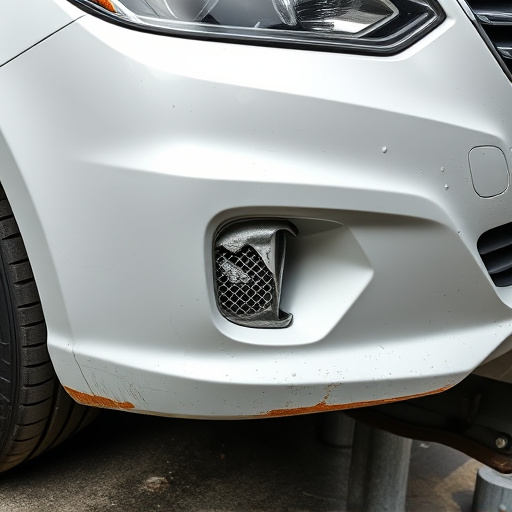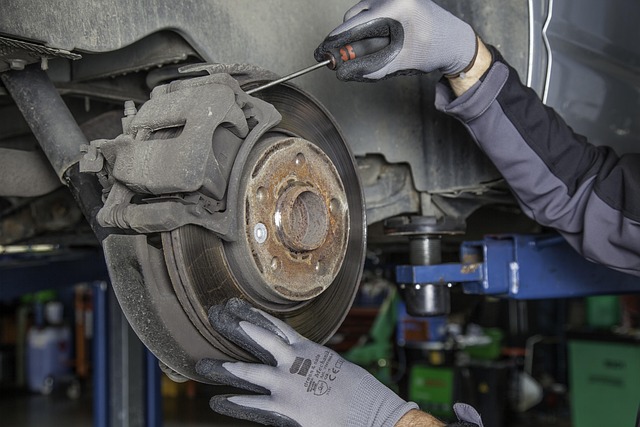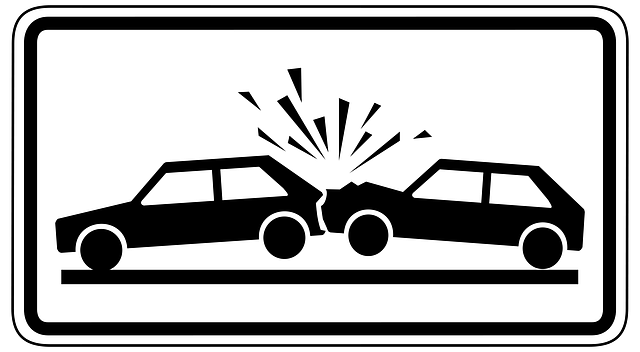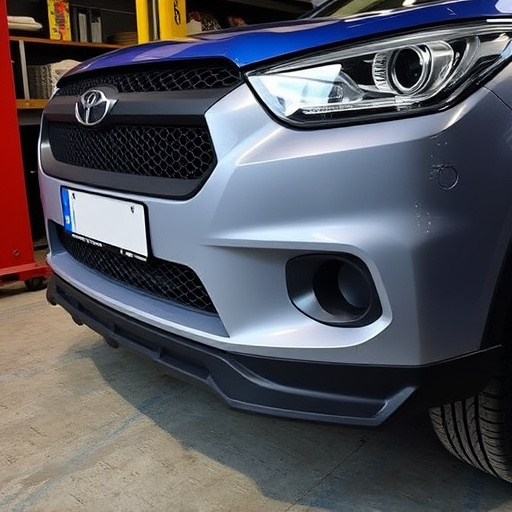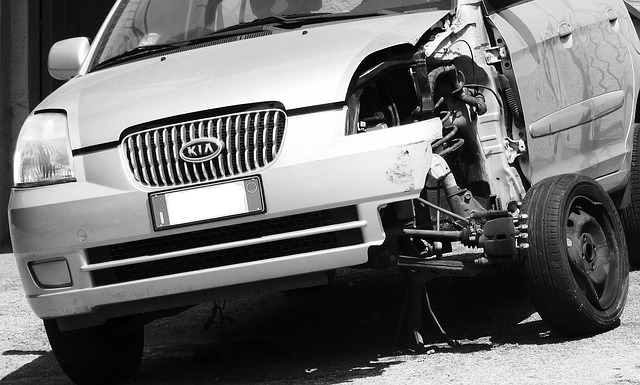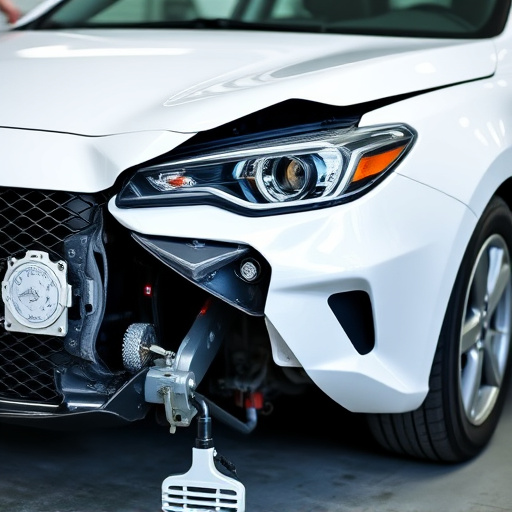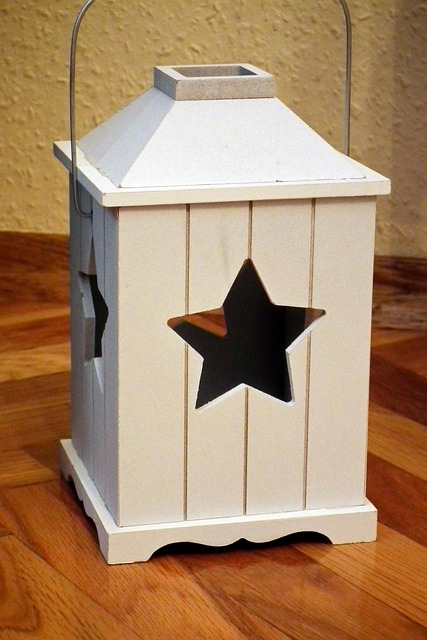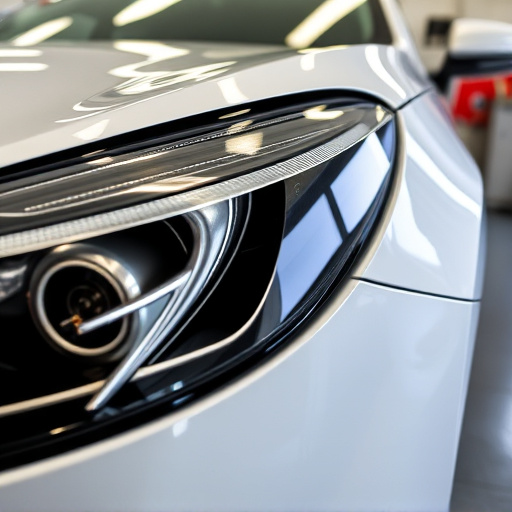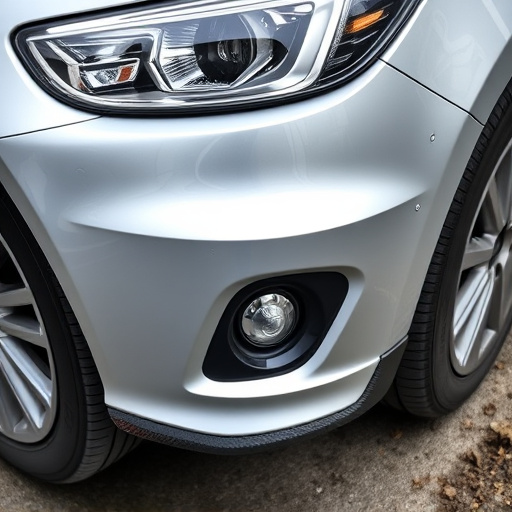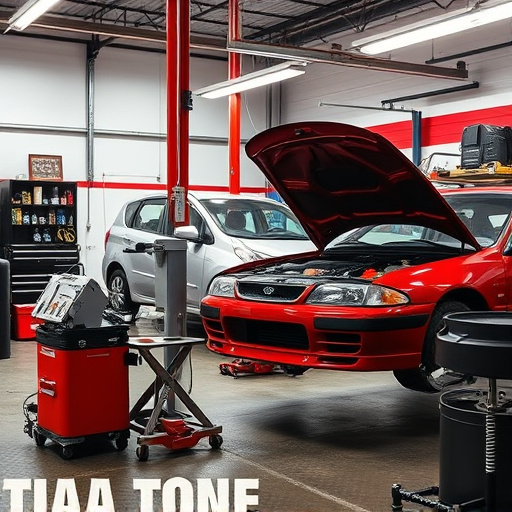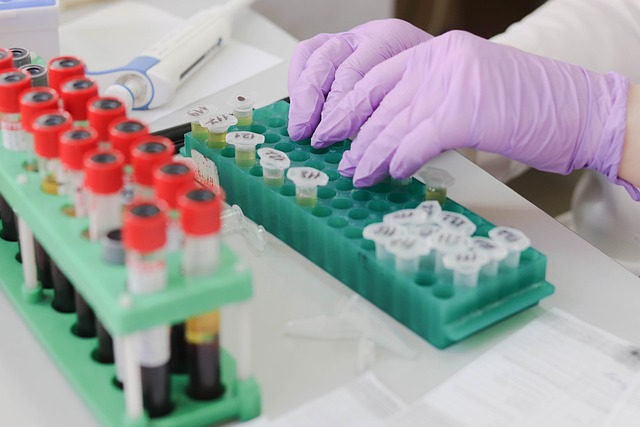MIG welding collision repair combines specialized equipment, gas welding techniques and automotive expertise for precise, efficient repairs on damaged vehicles. Essential tools include high-performance welders, protective gear, ventilation, and precision instruments. Best practices focus on stable power, wire feed control, arc management, preheating, cleaning, and adherence to safety protocols for superior auto body restoration with minimal cosmetic issues.
In the realm of automotive collision repair, Mastering MIG (Metal Inert Gas) welding is a game-changer. This powerful technique offers precise, strong, and efficient repairs, crucial for restoring vehicles to their pre-accident condition. This article delves into the key elements of MIG welding collision repair, equipping you with the knowledge of understanding basic techniques, essential tools, and best practices for achieving superior results.
- Understanding MIG Welding Basics for Collision Repair
- Essential Tools and Equipment for Effective Repairs
- Techniques and Best Practices to Ensure Quality Results
Understanding MIG Welding Basics for Collision Repair

MIG welding collision repair is a specialized process that requires a deep understanding of both metal inert gas (MIG) welding techniques and automotive restoration. To begin with, MIG welding involves using a wire feed to create a continuous weld on various materials, making it an efficient choice for collision repairs. The process uses a consumable electrode, which is fed through the gun, creating an arc that heats the metal, allowing for fusion. This method is particularly beneficial for vehicle repair, especially in situations like fender benders or dent removal, as it offers precise control and minimal heat input, preserving the integrity of surrounding components.
Mastering MIG welding basics involves understanding the equipment, including the welder, wire feeder, and gas cylinder, along with the different types of wires and gases suitable for specific metal applications. Proper safety protocols are paramount to ensure a successful and safe collision repair process. By combining efficient welds with precise techniques, professionals can effectively restore vehicles damaged in minor accidents, ensuring structural integrity while minimizing cosmetic imperfections.
Essential Tools and Equipment for Effective Repairs

When it comes to MIG welding collision repair, the right tools and equipment make all the difference. A well-equipped auto body shop ensures efficient and precise repairs for fender benders and other minor accidents. Essential items include a high-quality MIG welder, capable of handling various metal types and thicknesses commonly found in vehicle bodies.
Additionally, an ample supply of welding wire, gas cylinders, and protective gear such as gloves, goggles, and respirators are non-negotiable. For auto repair near me that involves intricate body panel work, a set of precision shears, hammers, and dolly kits aid in removing and replacing damaged parts without causing further harm. Proper ventilation is also crucial to ensure the safety of the technician and the environment during the welding process.
Techniques and Best Practices to Ensure Quality Results

When it comes to MIG welding collision repair, mastering techniques and adhering to best practices is paramount for achieving high-quality results. This modern welding method involves feeding a continuous wire through a gun, creating a strong bond between metal components. To ensure precision and consistency, welders should use stable power sources and maintain optimal wire feed speed. Proper technique includes maintaining a consistent arc length and angle, allowing for even heat distribution and minimal splatter.
At an auto body repair shop near you or a Mercedes-Benz collision repair center, expert technicians prioritize safety measures such as proper ventilation and protective gear. They also employ strategies like preheating damaged panels to reduce thermal shock, resulting in stronger welds. Regular cleaning of the welding area and tools is crucial to prevent contamination, ensuring the final auto body repair meets the highest standards.
MIG welding collision repair is a highly effective method for restoring damaged vehicles, combining precision and efficiency. By understanding the fundamentals of MIG welding, investing in essential tools, and adhering to best practices, professionals can achieve high-quality results that meet industry standards. This article has provided a comprehensive guide on the key elements of MIG welding collision repair, empowering you with the knowledge to tackle these repairs with confidence.
